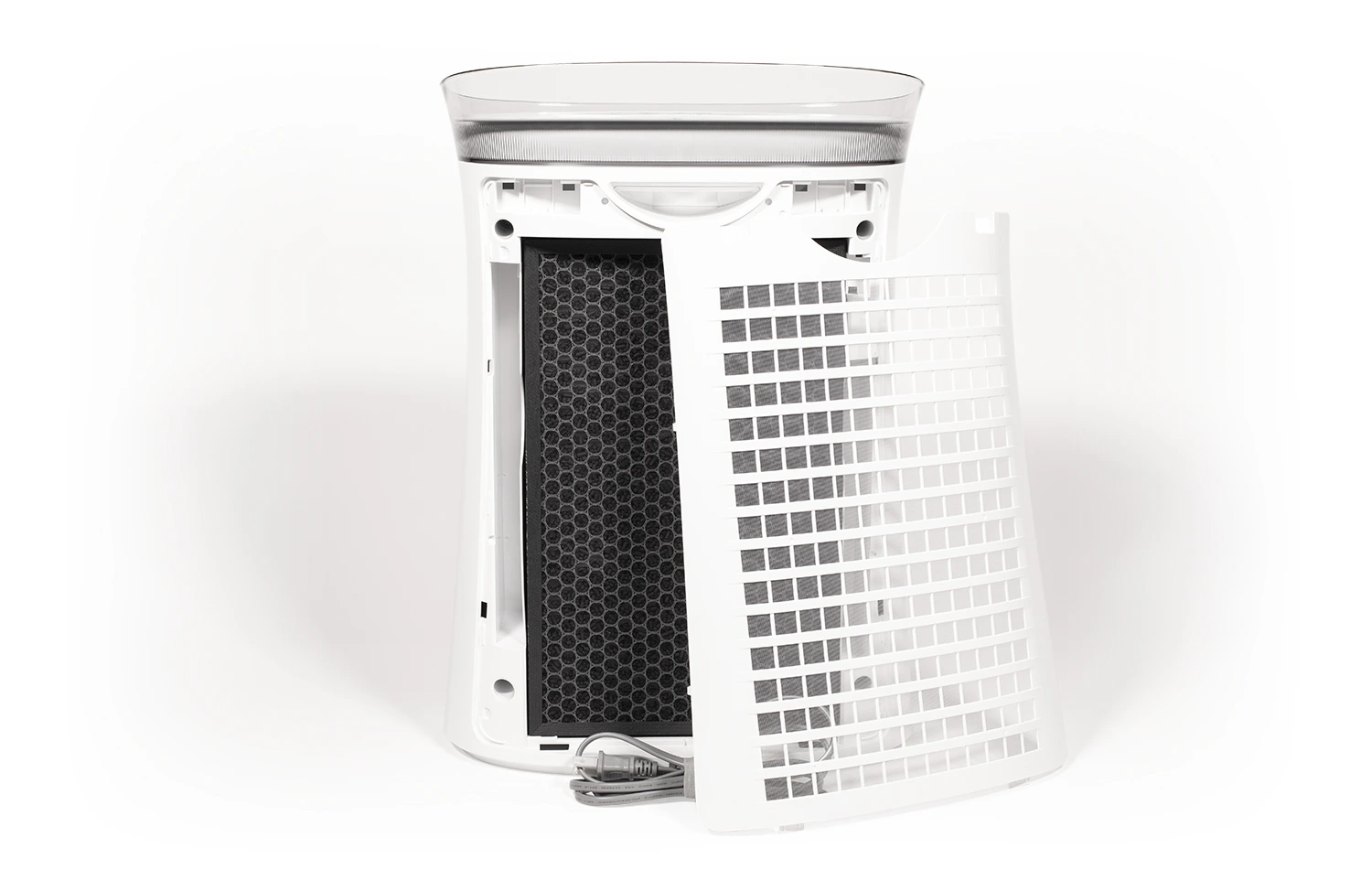This is another exploration of gadgetry to improve home-office conditions.

Grygo is the chief content officer for FTF & FTF News.
Hybrid working situations are becoming the norm for many financial services firms and their staff members.
Despite executives who fear their minions are taking advantage of the time away from the office, staff members, especially younger employees, like splitting time between the office and home office.
So, this is another exploration of gadgetry that can ease the challenges of working from home and maybe improve home-office conditions.
In the wake of the pandemic, air purification has become a top concern of home office workers. Not only are viruses and bacteria a worry, but the ancient dust, mold, and mites in some residences are also quite worrisome.
But are purifiers worth it? Consumer Reports seems to think so.
“Studies of room air purifiers show that using HEPA filters — filters with very fine mesh, certified to collect 99.97 percent of particles of a certain hard-to-capture size (0.3 micrometers in diameter) — can be quite effective at removing many of the most common household irritants. These include tiny viral droplets, particulate matter (such as from cigarette smoke and burning wood), pet dander, dust, and dust mites,” according to a recent air purifier guide.
So, it could be quite beneficial to have one for the home office.
I reached out to Sharp Electronics Corp. after seeing its Plasmacluster Ion Air Purifier devices at a Pepcom media event last month. I wanted to get a sense of these devices and what they can do.

The FPK50UW model
For example, there are a variety of versions of the Plasmacluster Ion Air Purifiers. Which one would make sense for an employee working from home? And why?
“To choose the best Plasmacluster Ion Air Purifier for your home office, it’s essential to consider the room’s square footage,” the company responded via a public relations representative. “Knowing or measuring the size of your space before purchasing is crucial.”
The company officials say the Sharp air purifiers are laboratory tested by the Association of Home Appliance Manufacturers (AHAM) and have specific Clean Air Delivery Rates (CADR) for suggested room sizes.
The company says that the Sharp Plasmacluster Ion Air Purifier with True HEPA for Medium Rooms (FPK50UW) can work in an office setting.
“Effective up to 1,253 sq. ft. at one air change per hour, the FPK50UW will filter the air in the AHAM suggested room size of 259 sq ft. at 4.8 air changes per hour,” according to the company. That model has Plasmacluster Ion Technology, which has “an active cleaning process, dispersing ions into the room.”
Home offices do not come with maintenance staff so the worker at home has to be the one to maintain an air purifier’s optimal performance.
“All Sharp air purifiers are equipped with a washable micro screen pre-filter that traps dust and other large airborne particles,” according to Sharp, which adds that some of its HEPA filters may last up to five years. “Select models also include an active carbon filter, which may last up to five years, depending on your environment and model. To ensure your air purifier operates at its best, periodically clean the unit and its filters as indicated in the owner’s manual.”
Sharp and its competitors are able to provide lots of bells and whistles especially as these devices become more popular.
 For instance, select Sharp models such as the FXJ80UW can offer smart connectivity, “allowing you to monitor your home’s air quality in real-time, set a weekly schedule for fan modes, and receive notifications when it’s time to reorder filters. Other models like the KCP series feature humidification, which may make the air in your home more comfortable,” according to Sharp. In addition, depending on the model, air purifiers from Sharp may offer compatibility with Amazon’s Alexa and Google Assistant for voice control.
For instance, select Sharp models such as the FXJ80UW can offer smart connectivity, “allowing you to monitor your home’s air quality in real-time, set a weekly schedule for fan modes, and receive notifications when it’s time to reorder filters. Other models like the KCP series feature humidification, which may make the air in your home more comfortable,” according to Sharp. In addition, depending on the model, air purifiers from Sharp may offer compatibility with Amazon’s Alexa and Google Assistant for voice control.
So, if your bonus allows for it, an air purifier may be a good investment for the home office warriors who want to breathe the cleanest air as they dive into battle.
For those who want to explore the subject further, the excellent buying guide from Consumer Reports offers lots of information about providers and the industry: https://bit.ly/4e96BlQ
Need a Reprint?